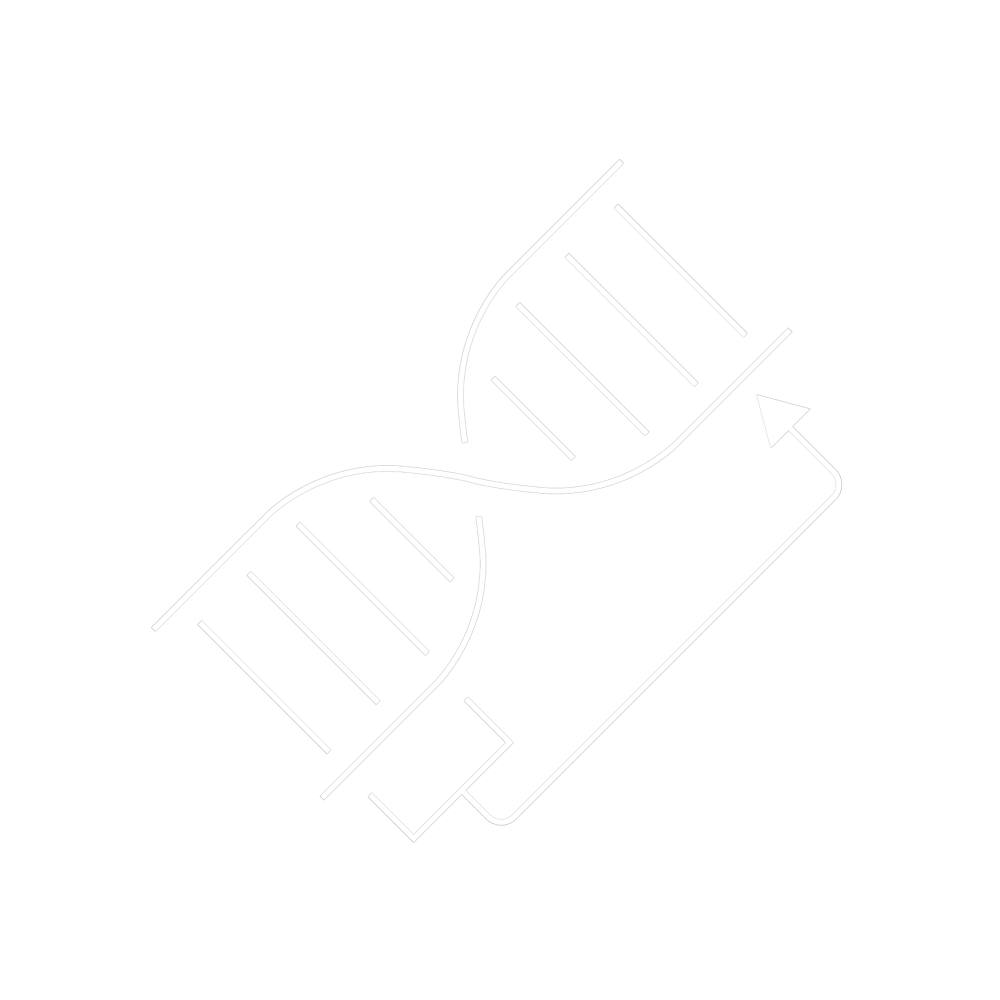Retrotransposable elements

Challenge: Understand the roles of retrotransposable elements in cancer.
We set this challenge in 2023, however, we did not fund a team to address it. We're not accepting new applications.
Please note that the description below reflects the challenge as set by our Scientific Committee in 2023; we understand that there may have been developments in the field between then and now.
Currently viewing section: Context
Context
It is now 80 years since Barbara McClintock discovered mobile genetic elements in Maize. Since that discovery the existence and mobilisation of such elements in humans has been broadly established. These elements are both widely dispersed and deeply embedded in our genome. Repressive mechanisms operate to supress their activation, and conversely, they are co-opted by the host to act as gene regulators. Therefore, retrotransposable elements contribute broadly to normal cell function.
Increasing evidence suggests that retrotransposable elements play a role in the initiation and progression of certain types of cancer, but the specific mechanisms are not well understood. Tools now exist to explore the extent of retroelement activation, how cancer cells respond to it, the consequences of genetic instability that retroelement propagation and dispersal causes in cancers as well as how this might contribute to cancer evolution.
Advancing the study of retrotransposable elements would allow a greater understanding of therapeutic vulnerabilities in cancer.
Barriers and opportunities
Little is known about the genomic organisation or mechanisms that drive retrotransposable element reactivation or reintegration in cancer that could be targetable.
Furthermore, current short read sequencing platforms and computational tools have rendered the study of retrotransposable elements challenging.
However, newly developed techniques, linked with interdisciplinary approaches, such as combining expertise in genetics, cancer biology, immunology, and bioinformatics will shed further light in understanding the role of retrotransposable elements in cancer to potentially uncover therapeutic vulnerabilities in cancer.
Examples of the types of questions that could be addressed in this challenge include but are not limited to:
- Can we quantify the extent of retro transposition in cancer cells in vivo and in vitro?
- To what extent are retrotransposable elements activated in cancers?
- Do cancers suppress pathways that silence these elements? If so, how, and why?
- To what extent do retrotransposable elements fuel insertional and also gross chromosome mutagenesis?
- Do cancer cells co-opt retrotransposable elements as regulatory DNA sequences to favour cell division?
- How do they influence intracellular immune responses?
- To what extent do retroelements give rise to endogenous retroviruses and shape the tumour microenvironment, and more generally host responses?
- Could derepressing retrotransposition or inhibiting DNA repair of the invading elements provide therapeutic opportunities in treating cancer?
Vision and Impact
Addressing this challenge will solidify our understanding of how retrotransposable elements are regulated, evolve, reactivate, and reintegrate. This could provide new therapeutic targets to maintain genome stability in cancer, prevent retroelement reactivation, and understand their impact on the innate immune system.
An interdisciplinary team will be required to address this challenge, which could coalesce the fields of cellular and evolutionary biology, cancer genomics, DNA repair, bioinformatics, and immunology, among others.
Plain language summary: Why retrotransposable elements?
Some segments of genetic code can jump around to different locations in our DNA. These segments are derived from viruses that integrated into our genetic codes millions of years ago. ‘Retrotransposable elements’, one type of these mobile genetic segments, are widely scattered throughout our genetic codes, but are usually kept silent or are “trained” by cells to carry out specific functions. However, when a cell begins to transform from a normal cell to a cancer cell, silent retrotransposable elements can become reactivated, making the genetic code unstable. This instability can cause cancer.
Until recently, because we didn’t have the tools to study retrotransposable elements, understanding how they contribute to cancer has been challenging. Now, newly developed cutting-edge, sequencing techniques allow us to explore how these elements cause instability within the cell and drive cancer development.
This challenge seeks to clarify how these elements contribute to cancer development and progression, so that new therapeutics can be developed to stop retrotransposable elements from contributing to cancer development.
